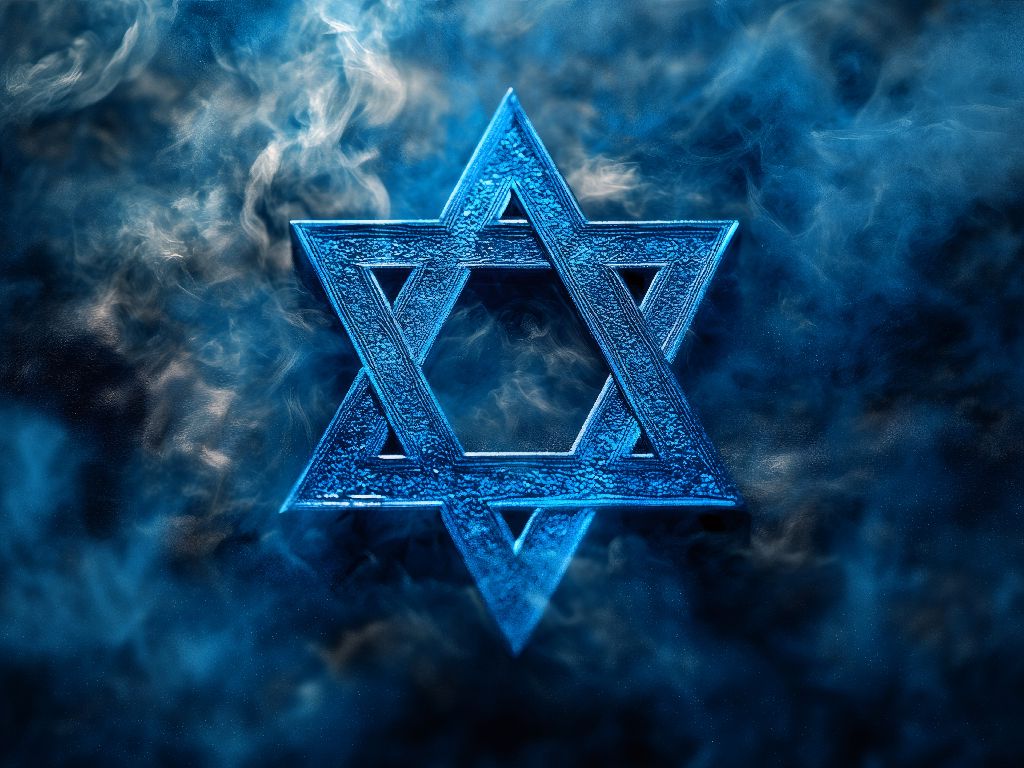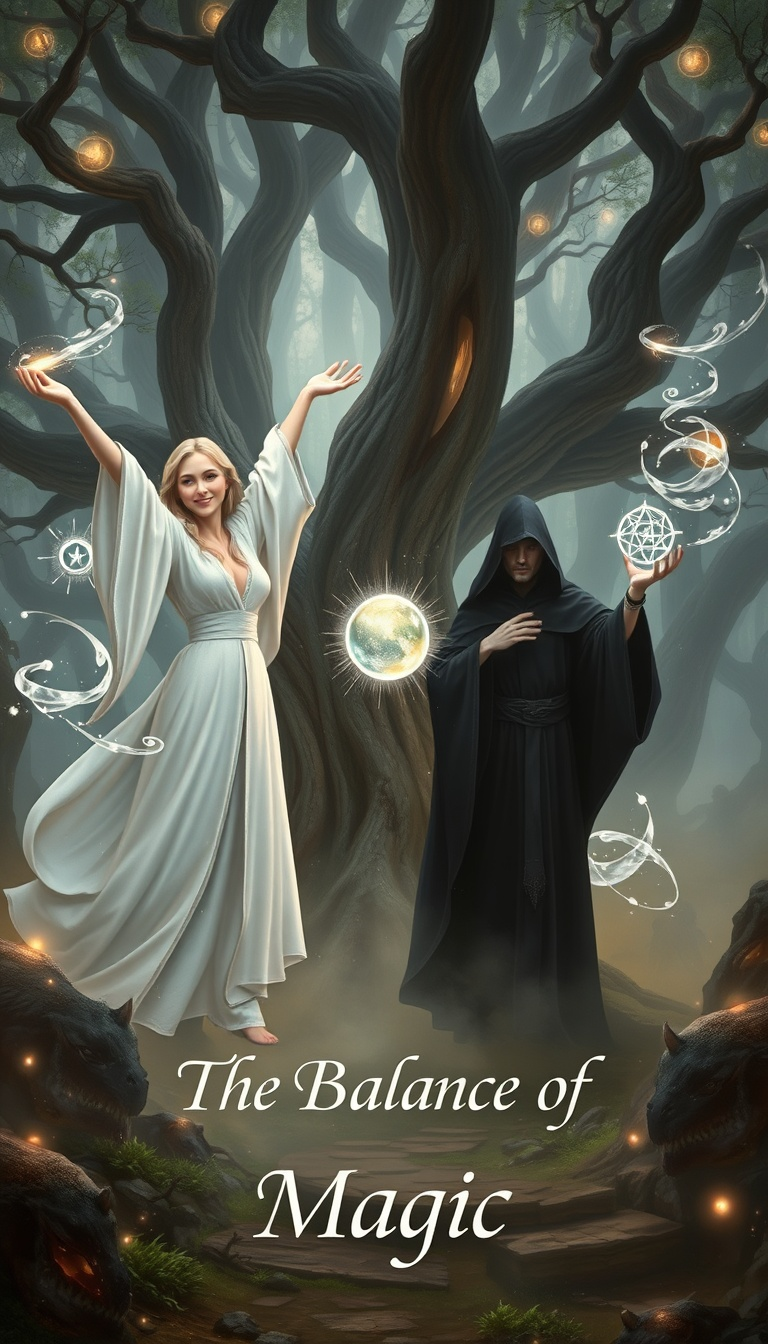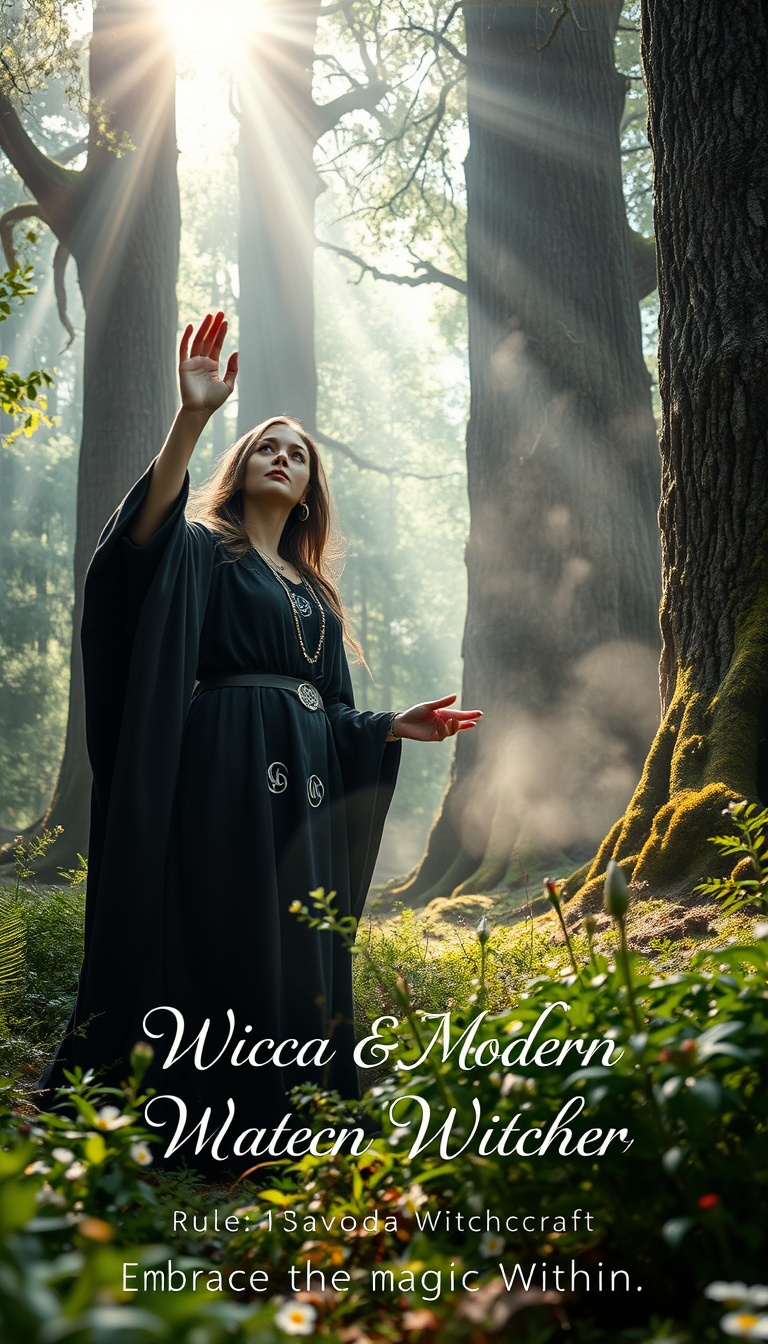Hexagram

Hexagram
Symbol / Geometry / Esotericism / Religion / Magic
Definition:
A hexagram is a six-pointed star formed by two interlocking equilateral triangles. It is one of the oldest and most complex symbols in world history, appearing in religious, mystical, magical, and cultural contexts.
Uses and Meanings:
1. Religion and Culture:
-
In Judaism, known as the Star of David (Magen David) – a key symbol of Jewish identity and heritage
-
In Hinduism and Tantra, represents the union of male and female principles (Shiva/Shakti)
-
Found in Christian, Buddhist, and Islamic decorative art and symbolism
2. Esotericism and Alchemy:
-
Symbolizes the union of opposites: above/below, fire/water, spirit/matter
-
Linked to the macrocosm or the "Seal of Creation"
-
In alchemy, associated with spiritual perfection or the Philosopher’s Stone
3. Magic and Occultism:
-
Used in ritual magic as a protective or invoking symbol
-
Present in Hermeticism, Kabbalah, and Western mystery traditions
-
Integral to ceremonial diagrams like the Hexagram Ritual of the Golden Dawn
4. I Ching (Yijing):
-
In Chinese tradition, the 64 hexagrams of the I Ching consist of six lines (solid or broken)
-
Here, "hexagram" refers to a symbolic configuration, not the star shape
-
Each hexagram represents a condition, process, or archetype of change
Symbolic Meaning:
The hexagram often represents wholeness, balance, harmony, and the connection between the earthly and the divine. Its interpretation varies widely depending on cultural and symbolic context—ranging from sacred protection to metaphysical union.
Links:




